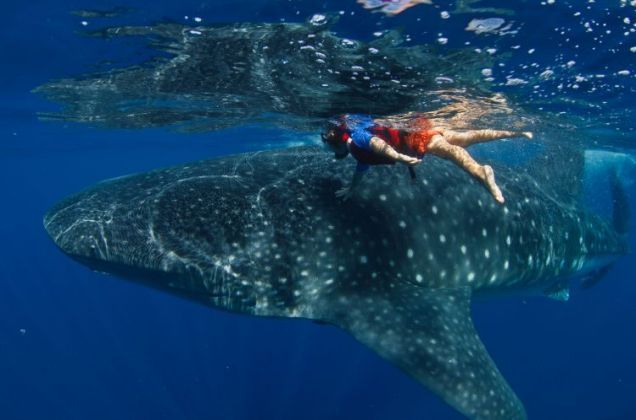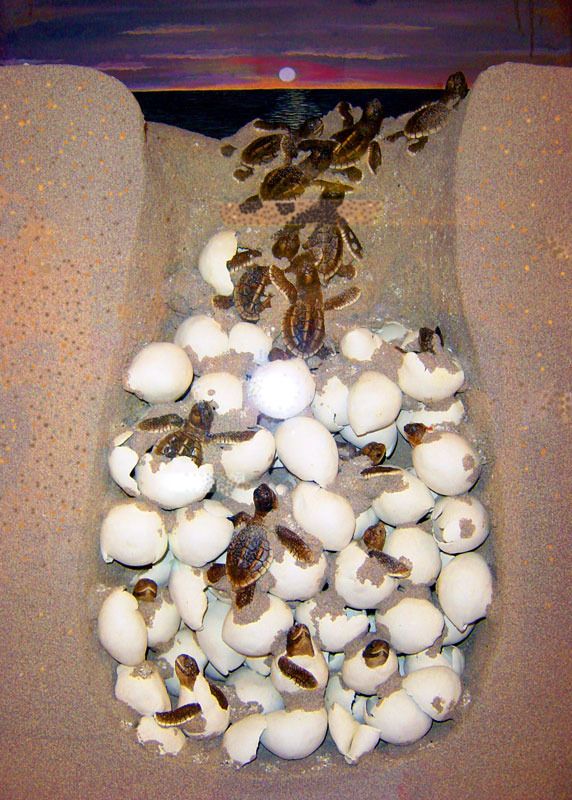The first in a series of topics: “Preparing yourself physically and mentally”
Imagine waking up one morning in a place that now you call home. How would your body handle a different environment where your diet would change and your physical abilities could be challenged on a daily basis? These are things you need to be prepared for when you decide to live in Mexico for any length of time. This isn’t a bad thing by any means, but needs to be taken into consideration nevertheless.
When at home life becomes a routine and your body grows accustom to a systematic pattern. When changes suddenly interrupt your biological and mental time clock, it can make for a rough going. So it is very important to begin the reprogramming process before your new life’s adventure starts. The following recommendations will make your transition into living in Mexico much easier. It will also help you put your best foot forward with the locals.
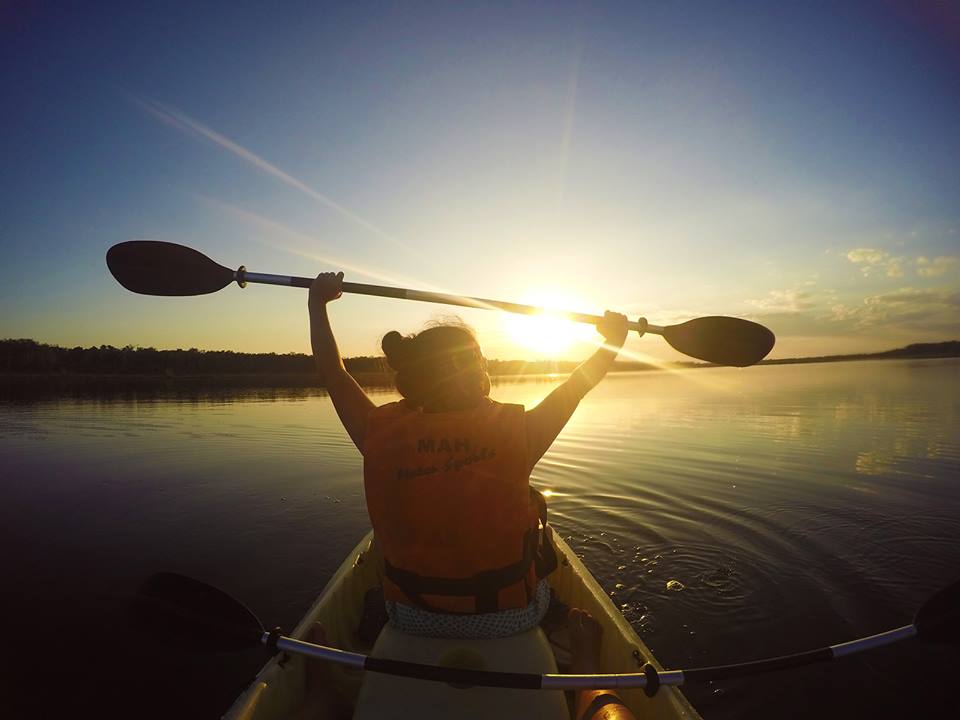
Let’s talk about the body’s ‘Physical’ ability and how it will react to Mexico’s tropical climate, adverse heat and terrain. Mexico’s near perfect weather is filled with lots of sun, plenty of humidity and warmer temperatures. If you have been thinking about dropping a few pounds or starting a daily exercise plan, this would be the time to do it. If you are investing in Mexico real estate and are looking to be close to everything, most likely you will be walking to all your favorite spots.
There are days where there are nice breezes, and then days there are not. Walking is a great way to easily get around Playa del Carmen. Being in shape cuts down on exhaustion and fatigue. Be careful to not get dehydrated and drink plenty of bottled water. For every adult beverage enjoyed, drink water in between. In the beginning, limit your exposure to the sun. Get acclimated to being in the elements – usually two, maybe three weeks is suggested.
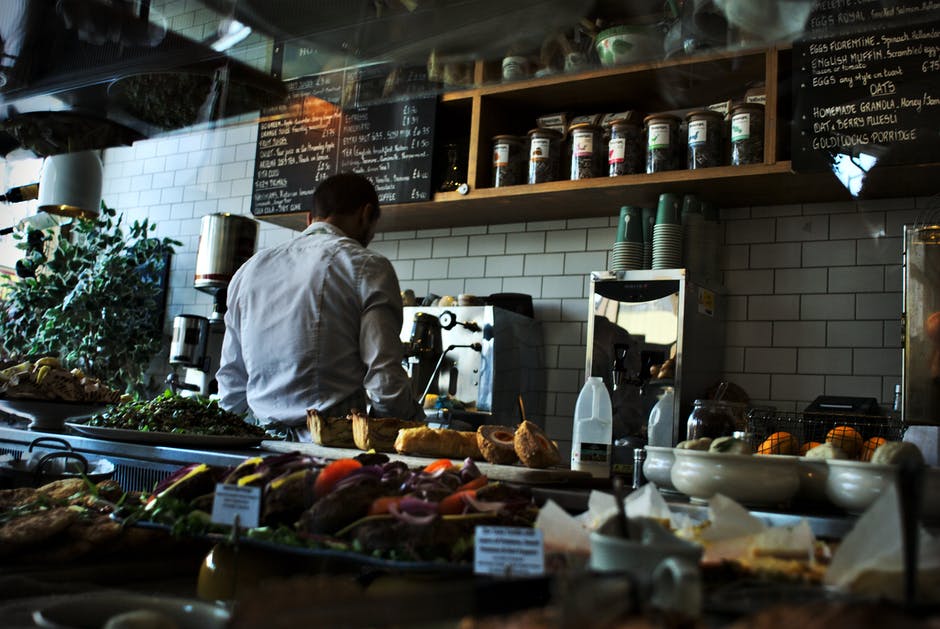
Different foods can sometimes disrupt your digestive system. Mexican food is one of the most desirable cuisines in North America. The special spices that flavor this inviting cuisine consist of a variety of peppers, sauces and other authentic ingredients. A way to combat not upsetting your stomach and/or creating indigestion is to – a) not over eat, b) don’t consume a lot of alcohol and then eat, c) get use to spicy foods slowly. Work yourself into the local menus. Your body will adapt. Just give it time.
Your ‘Mental’ ability is the other half of your body that will need to adjust to a new life style. There are several similarities between living in America and Mexico. But again, there are a lot of surrounding elements that are very unfamiliar to all your senses. One of those elements is the language and the barrier it forms. Knowing some Spanish is a benefit that will relieve a great deal of stress. Walking around in an unfamiliar environment and hearing people mostly communicate in a language that isn’t fluent to you will mess with your mind. Concentrate on learning the speech.
When you visit Playa del Carmen’s stores, restaurants and other social gatherings they will have a structural likeness to back home (US), but that’s as far as it goes. Product merchandising, availability/choices, unit of measurements and cost will appear foreign to you. For example, converting pesos from the US dollar (USD) can sometimes be cumbersome. In the food marts and grocery stores, meats and solid substances are weighted in kilos (2.2 lbs.) Liquids are measured in liters (just under 4 liters is a gallon). You can install a very simple app on your mobile device that will calculate monetary exchange and weight and measurement conversions with a few simple key strokes.
Mexico’s retailers, including food, homewares or other necessities, can at times be limited in choice. If it’s a product you need immediately, you will sometimes have to get creative with what they have to offer. But don’t fret over it. When the exact item becomes available, and it will one day, buy it for the future. Do like you would do at home and shop multiple outlets and local stores. What one store doesn’t have, another might.
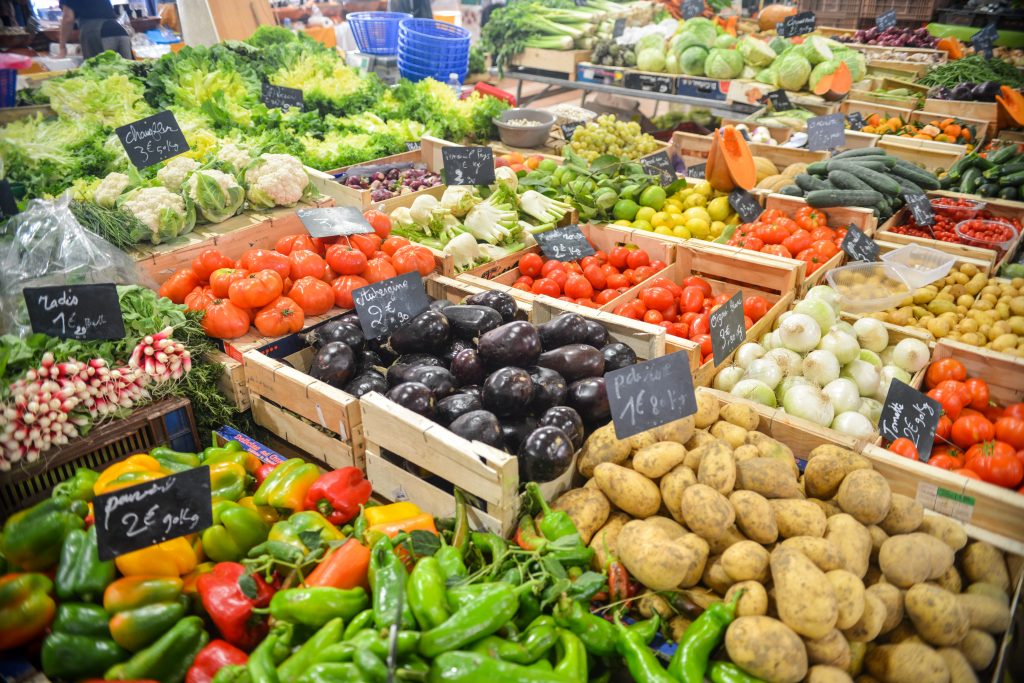
Have you ever heard the saying, “Don’t judge a book by its cover”? This is so evident in Mexico and especially when roaming the streets for a place to eat. Don’t let the outside façade trick your mind into judging its quality of food, because what’s behind it will surprise you. You will find some of the best dining experiences in places that seem run down and minimalistic. These family run eateries will serve up some of Mexico’s finest culinary delights with service that can’t be matched anywhere. Not to mention at a very affordable price!
When relocating to a country that has so much history and traditions like the Yucatan cities, it can sometimes slip our mind regarding specific “Do’s and Don’ts”. It is well advised to study the culture, important historical facts, and traditional holidays and celebrations beforehand. This will help you understand why native people to the region do certain things. Knowing more about their history will also earn you respect within the community. When talking with a local, don’t be afraid to ask questions regarding their traditions; they will be more than happy to explain everything you want to know and more.
All the above information will alleviate lots of confusing situations when mingling with the town’s people. Your emotions will be peaking on both ends of the spectrum. Being prepared is an important key to less stress physically and mentally when spinning your life in a 180 degree angle. Learning a different way of life will advantage you in so many ways. The effort spent will pay off two fold.




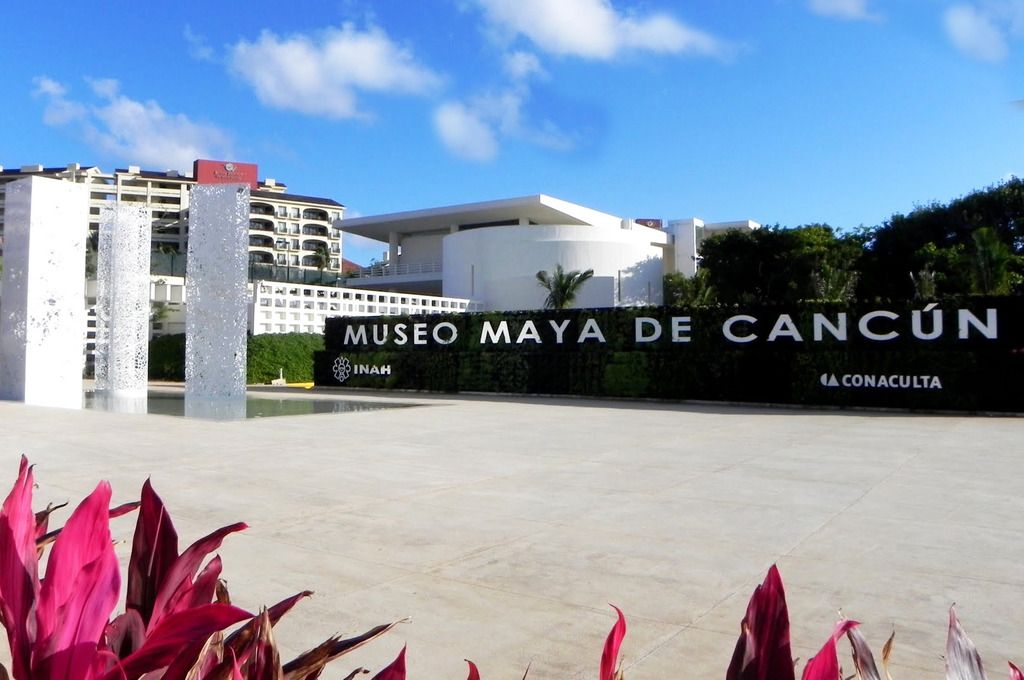

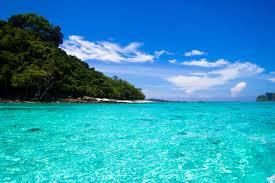
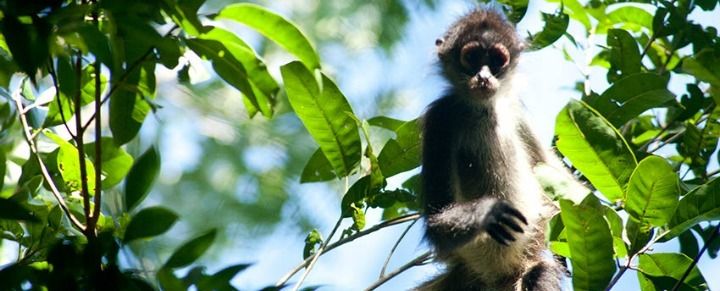

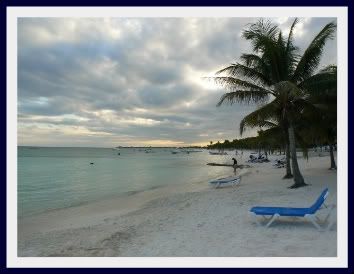

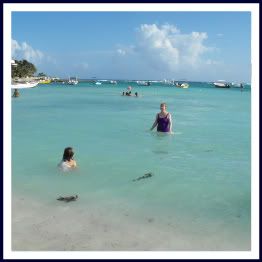
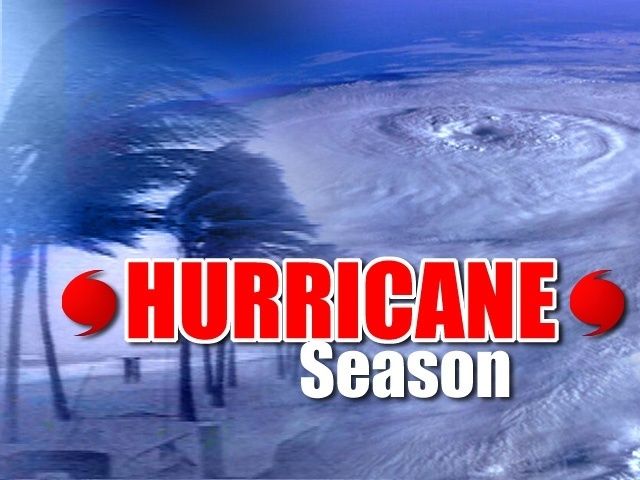


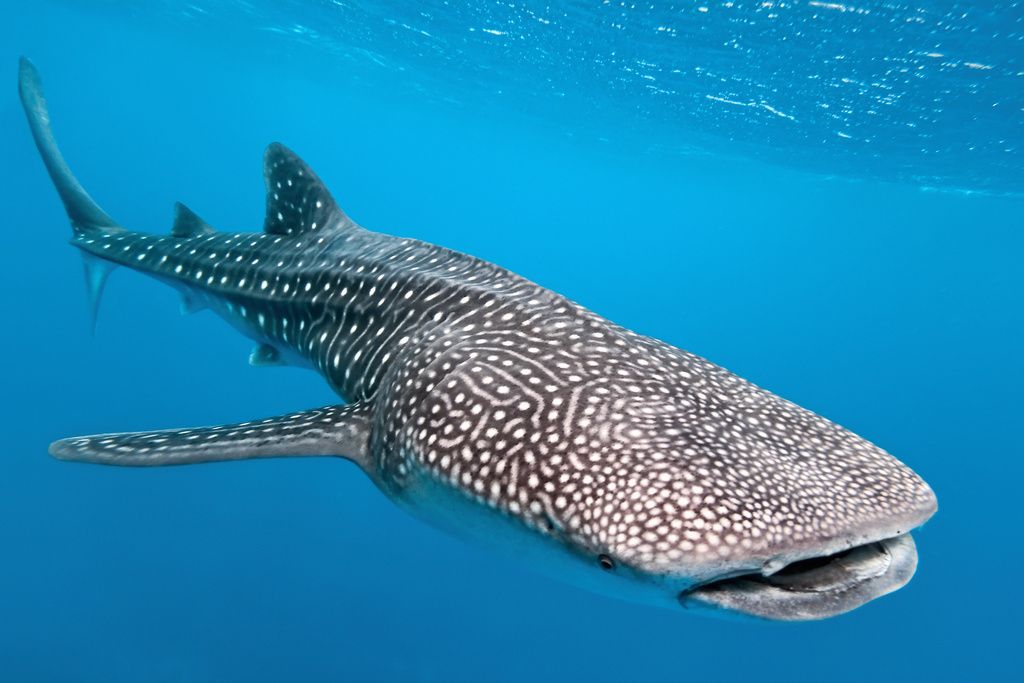
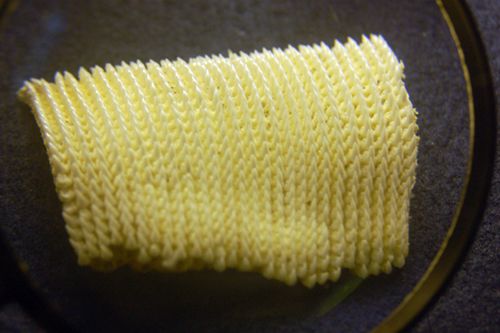 Whale Shark Teeth
Whale Shark Teeth